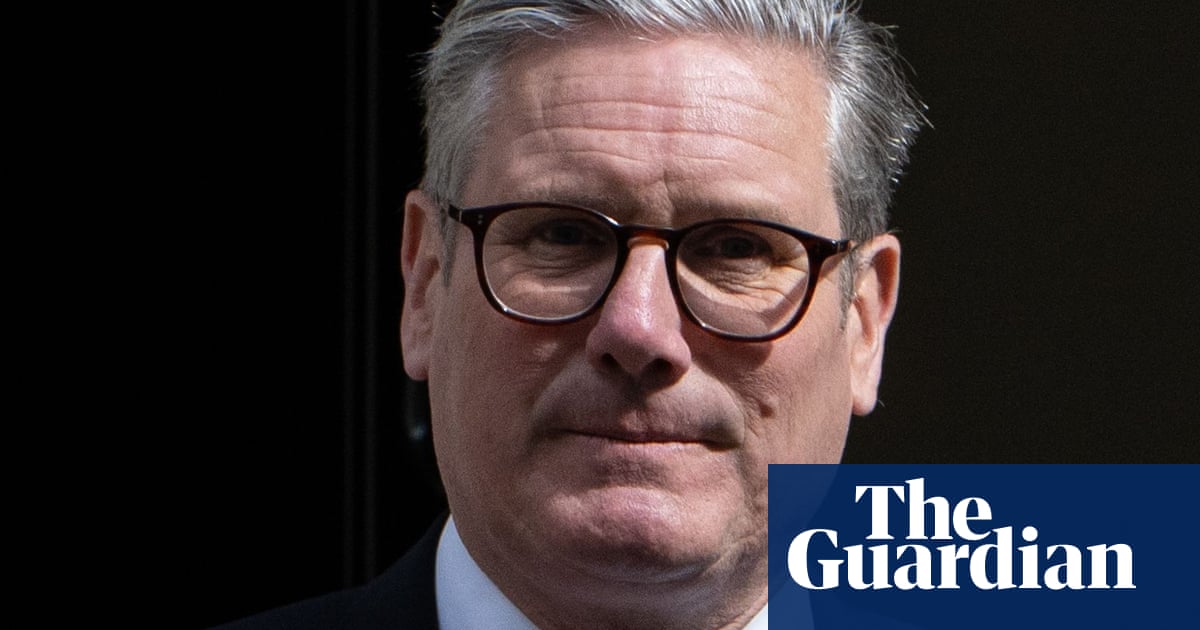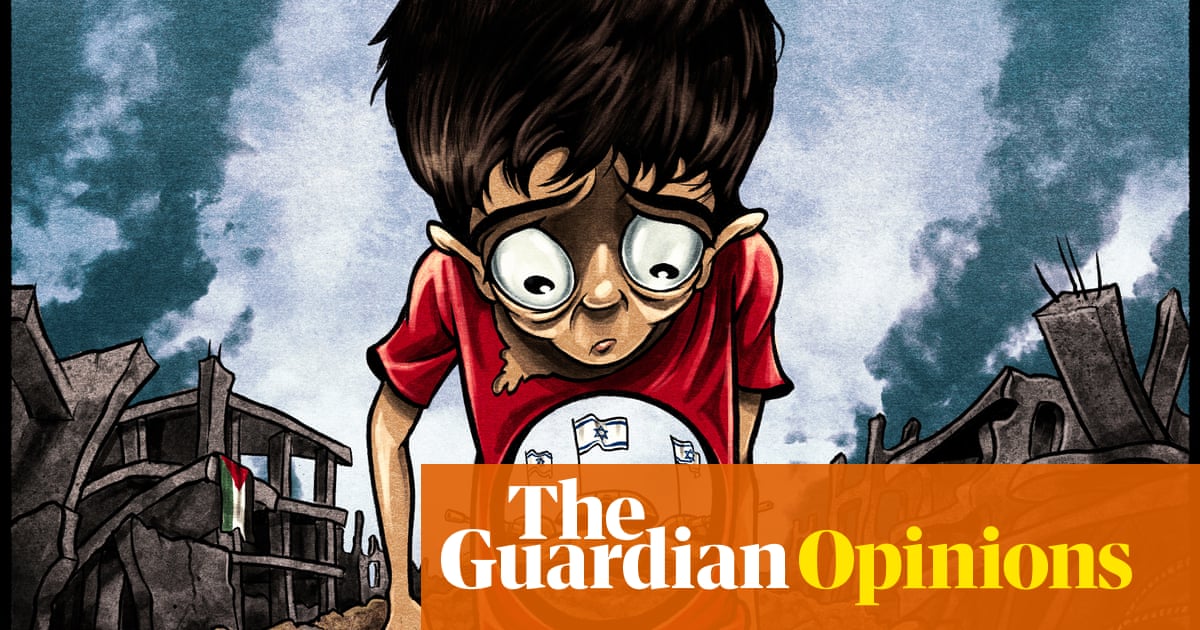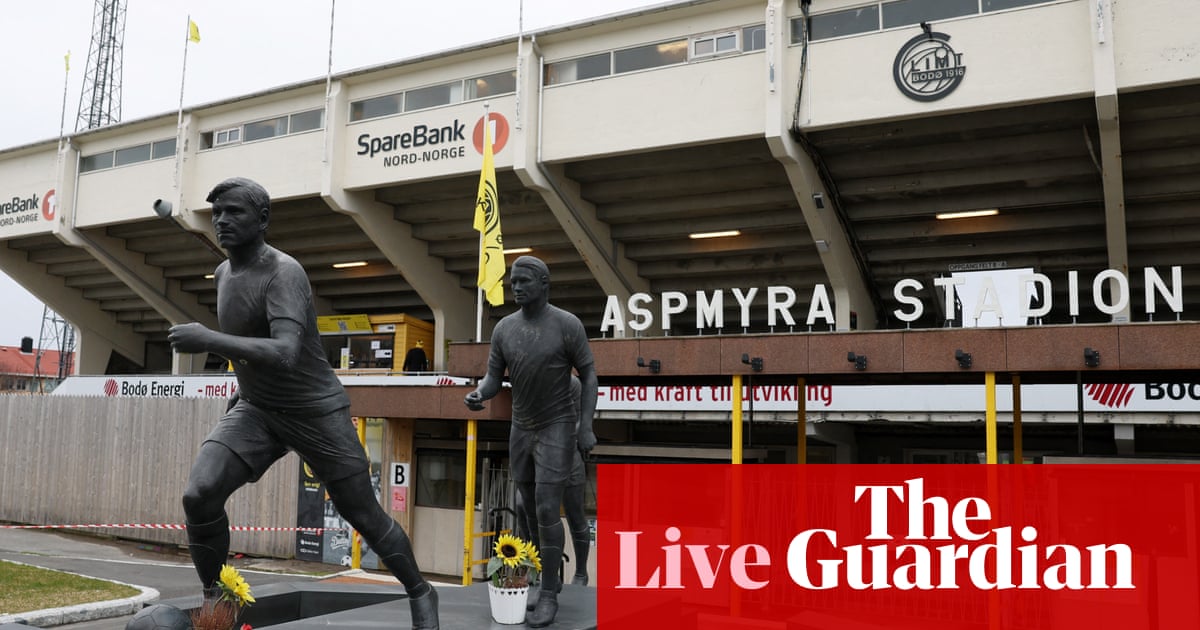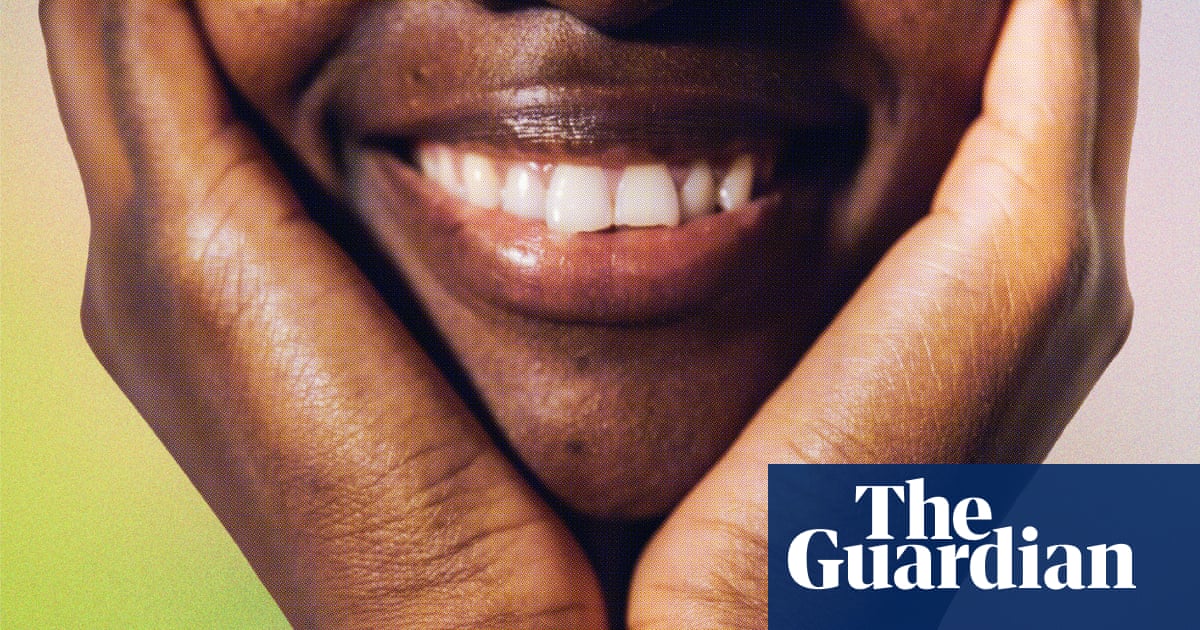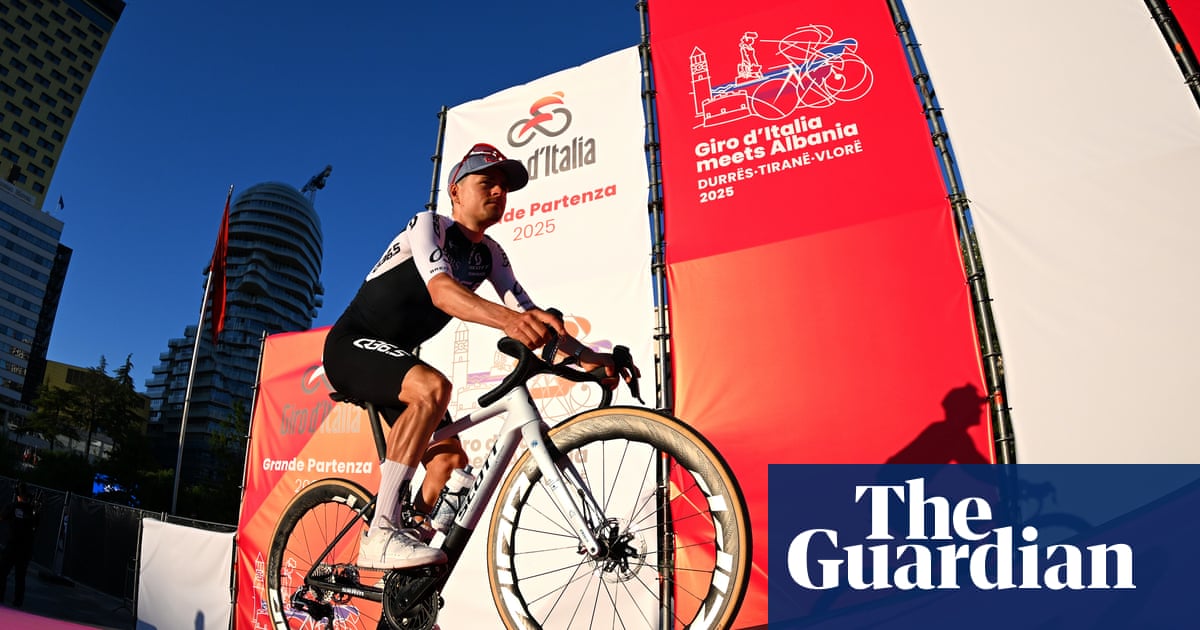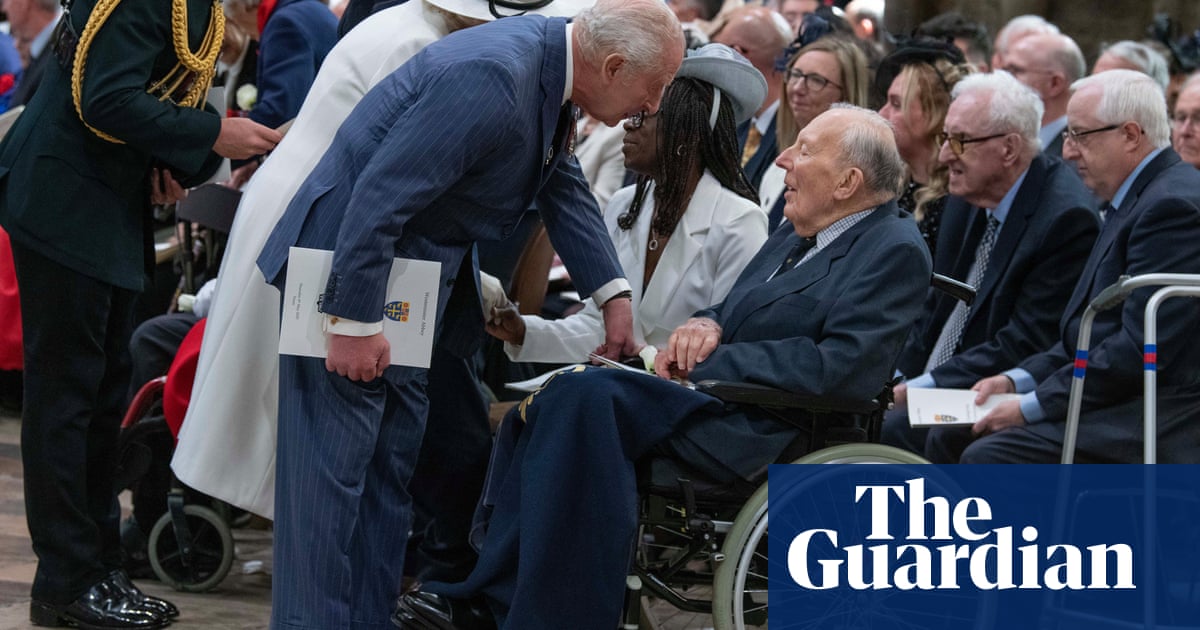Across Jack Draper’s monumental run in Madrid, as he demolished everything in his path to reach his first clay-court final at one of the biggest tournaments in the world, it was particularly striking to hear his beaten foes reflect on the qualities that make him so strong. Although every opponent departed the court overwhelmed by the 23-year-old, they all seemed to struggle with different aspects of his game.
Midway through their second round match, Tallon Griekspoor could be heard ranting about how little time he had on the ball due to Draper’s relentless aggression. Lorenzo Musetti, who has rivalled Draper since their childhood days on the junior circuit, said he was desperately trying to keep the ball from his rival’s wicked topspin forehand. Others highlighted Draper’s destructive first serve, his excellent defence or his ability to consistently land returns deep. Even Casper Ruud, who played a spectacular final to finally earn his first Masters 1000 title, noted that he was “scared” of the quality presented by both Draper’s forehand and backhand: “There aren’t many holes in his game that I see or that I feel,” he said.
This high praise from Draper’s colleagues is a reflection of one of the key aspects of his success. Over the years, Draper has gradually evolved into one of the most well-rounded and complete players of his generation. None of this is by chance. “I think I’ve got certain strengths that are good for a big guy, and all the skills I had when I was younger, when I was scrapping, I can still do that but at the same time I’m big now so I can also rip the ball quite hard and use my serve and use my size. It’s an interesting one,” says Draper in Rome.
“When I was younger, I was always thinking: ‘If I’m going to be a top player [and] I’m going to play someone, what do I want them to think?’ And I want them to think I have no weaknesses, because I know that if I play someone who has no weaknesses, I’d be feeling a lot of pressure. So I suppose that’s the goal I want to get to. I’m still not fully there, but I want to get to that point.”
Although his talent is great, Draper would be nothing without the physical and mental growth that has accompanied his evolution. During his earlier years, anxiety and tension were one of Draper’s numerous obstacles. He was often handcuffed by his own ambition and desperation to perform. Along with age and maturity, the success Draper has enjoyed on-court has bolstered his confidence, allowing him to approach his tennis calmly. He is now at a point where he understands himself and how to use his nerves positively.
“Now the one thing I look forward to more than anything is that moment before the match where I’m in the changing room, I warm up on my own. I’ve got my music in, I’m really going out there and I know that I’m going to give everything to every ball,” he says. “I’m going to just compete like an animal. And it feels like a bit of an alter ego for me, you know?

Draper continues: “I respect everyone at this level, I respect each player. I know what they’re capable of, also know what I’m capable of, and I know that there’s a chance that I could lose every match, there’s also a chance that I can win every match. So that sort of uncertainty, that fear, that doubt, makes me compete hard for every single ball I have. And I know if I’ve prepared well and do all the right things, then I’m going to give myself the best chance of winning the match. So I guess that uncertainty drives me a lot and helps my competitive nature.”
Having spent so many of his formative years trying to shake off his numerous injuries, Draper’s physical evolution has been essential. He made significant strides last year, the first time in his career where his growth as a tennis player was his main focus rather than injuries, but Draper ended 2024 by making the smartest decision possible. In the wake of Andy Murray’s retirement, he snatched up Murray’s longtime strength and conditioning coach, Matt Little, and his physio Shane Annun.
after newsletter promotion
“I think Matt, honestly, is probably the best S&C I’ve ever worked with,” says Draper. “He really is on these details, everything, and we’re focusing on making me a stronger and a better all-around athlete. And then as for the physio side, obviously, Shane, again, has worked with Andy for many years. He’s gone through the highs and lows with him. Knows the tour and is really one of the best physios out there. So, I suppose, I’ve got the perfect dynamic.”
Considering both his inexperience on clay and the challenge of following up his Indian Wells triumph, Madrid marked another huge result, but tennis moves on quickly. After spending a fleeting night in his bed at home in Putney, Draper is already in Rome and his focus has shifted to his preparations for his opening match against a home favourite in Luciano Darderi.
Although Draper has firmly established himself at the top of the tour with his new career high ranking of No 5, things do not suddenly become any easier. With every new milestone, the target on his back grows and the rest of the field will be more motivated to topple him. At the same time, though, it is undeniable that he is capable of competing for grand-slam titles and joining Jannik Sinner and Carlos Alcaraz as equals, not merely a challenger. Only time will determine how close he comes to achieving those objectives, but Draper’s current success is a consequence of his resilience and ambition after enduring so many difficulties early in his career, and it still feels like he has only just begun.

.png) 6 hours ago
3
6 hours ago
3

